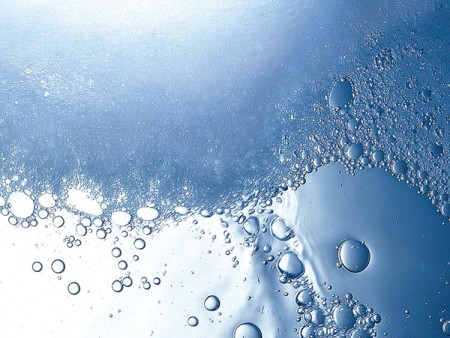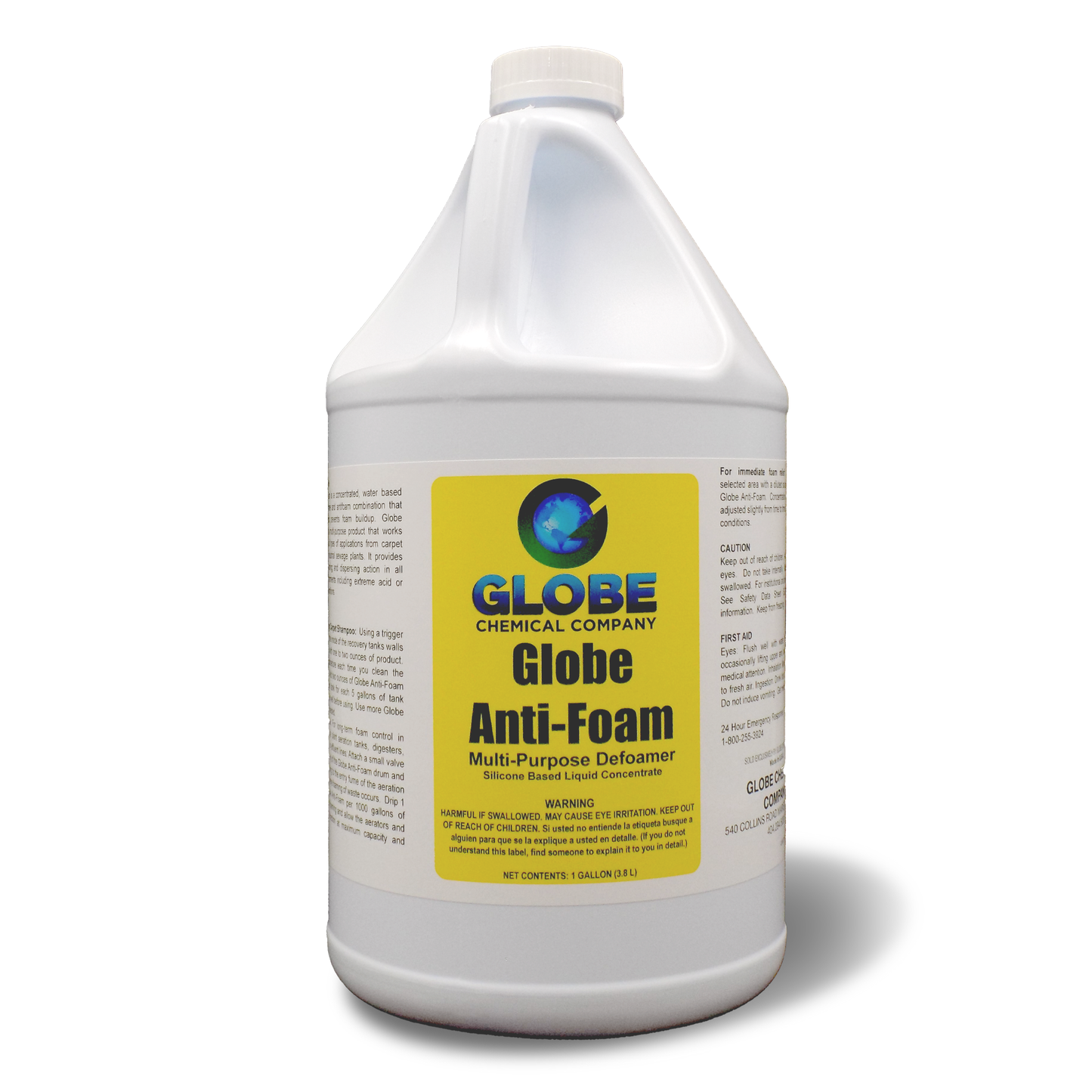Just How Anti-Foam Control Solutions Enhance Item High Quality and Effectiveness
The role of anti-foam control services in industrial processes can not be overemphasized, as they are pivotal in enhancing both product top quality and functional performance. By effectively mitigating foam formation, these solutions not only guarantee constant item appearance throughout numerous fields yet additionally decrease the threat of contamination, which is crucial for maintaining high pureness criteria.
Recognizing Foam Development
Foam development is a typical phenomenon encountered in various commercial procedures, usually arising from the interaction of liquids with gases or solids. This phenomenon takes place because of the stabilization of gas bubbles within a liquid matrix, bring about the production of a foamy layer on the surface. The presence of surfactants, which lower the surface area tension of liquids, can aggravate foam development by assisting in bubble formation and stablizing.
A number of variables affect foam growth, consisting of the nature of the fluid, the visibility of impurities, temperature, and frustration levels. High shear forces throughout mixing can present a lot more air into the liquid, advertising bubble development. Furthermore, hydrophobic and hydrophilic materials can engage with fluid surfaces, influencing bubble security.
Comprehending the mechanisms of foam development is vital for industries such as food processing, drugs, and petrochemicals, where foam can hinder production performance and alter product high quality. Identifying the specific conditions that bring about foam generation permits far better design and control of processes, inevitably bring about enhanced functional end results. Recognizing these basic facets of foam formation establishes the stage for discovering effective services to reduce its damaging results in industrial applications.

Significance of Anti-Foam Solutions
While foam development can improve certain procedures, its unintentional visibility commonly results in significant operational challenges throughout different markets. The accumulation of foam can obstruct equipment, minimize effectiveness, and complicate production processes. In manufacturing, for example, excessive foam can hinder the exact dimension of fluids, leading to disparities in item solution. In wastewater therapy, foam can hinder aeration procedures, negatively affecting the therapy efficacy.

The value of anti-foam services extends past functional efficiency; they also play a key duty in maintaining safety requirements. In sectors such as food and beverage handling, where health is vital, regulating foam can prevent contamination dangers associated with overflow and splilling.
Advantages to Product Top Quality
Effective anti-foam solutions dramatically boost product high quality throughout numerous markets by guaranteeing consistent formula and protecting against the intro of contaminations. The existence of foam during production procedures can bring about irregularity in item characteristics, which eventually impacts the end individual's experience. By mitigating foam formation, these options assist in uniform mixing and diffusion of active ingredients, resulting in an item that satisfies rigorous high quality criteria.
Additionally, anti-foam representatives help maintain optimal viscosity and texture, which are crucial for products such as layers, food, and pharmaceuticals. Anti-Foam Control Solutions. A secure formulation is not just cosmetically appealing but additionally functionally remarkable, making certain that products perform as planned. Furthermore, the reduction try this website of foam reduces the danger of contamination, as entraped air can present undesirable microbes or foreign particles that jeopardize product integrity
In applications like fermentation or chain reaction, effective anti-foam solutions sustain optimum yield and item consistency, which are vital for maintaining brand reputation and consumer complete satisfaction. By focusing on product top quality, manufacturers can foster trust and loyalty among consumers, inevitably contributing to long-term success in the marketplace.
Enhancing Operational Performance
A substantial decrease in foam can bring about boosted functional efficiency in producing processes across various industries. When foam is lessened, it enables smoother procedures, therefore minimizing downtime related to foam-related problems. Too much foam can cause overflow, disrupt equipment capability, and require constant upkeep treatments, all of which add to inadequacies and enhanced operational prices.
By implementing efficient anti-foam control solutions, producers can improve their processes, leading to enhanced throughput and performance. The reduction of foam helps with much better blending and reaction times in chemical procedures, which is important in industries such as food production, pharmaceuticals, and wastewater treatment. Furthermore, with an extra secure procedure setting, suppliers can accomplish extra consistent item result, consequently boosting overall operational dependability.
Furthermore, improved operational effectiveness can lead to savings in basic materials and power consumption. When foam is managed successfully, sources are utilized better, leading to a decrease in waste and functional costs. Consequently, companies are much better placed to fulfill manufacturing targets and respond to market demands quickly, ultimately adding to a stronger competitive benefit in the industry.
Picking the Right Anti-Foam Representative
Picking the proper anti-foam agent is vital for maintaining the functional performance gotten through reliable foam control. The option of agent can considerably affect both the performance of the process and the quality of the end product. Factors such as the nature of the foam, the processing atmosphere, and the specific application needs to be considered to ensure ideal results.
Anti-foam agents can be categorized into two primary kinds: silicone-based and non-silicone-based. Silicone agents are understood for their premium efficiency in high-temperature and you could check here high-shear applications, while non-silicone agents may be chosen in markets such as food and drink because of regulatory factors to consider. It is necessary to examine the compatibility of the anti-foam agent with the materials and procedures involved.
Additionally, the focus of the anti-foam representative plays a crucial role; extreme usage can result in adverse effect on product high quality, while not enough quantities might fall short to control foam properly. Performing extensive screening and pilot tests can assist determine one of the most appropriate anti-foam agent for a specific application, ultimately boosting both product high quality and read this functional performance.
Conclusion
In verdict, anti-foam control remedies play an essential role in enhancing item high quality and operational effectiveness across numerous sectors. By decreasing foam formation, these services make certain constant blending and product structure while reducing contamination dangers.
By efficiently mitigating foam development, these solutions not only ensure constant item appearance throughout different industries but likewise reduce the threat of contamination, which is important for preserving high purity requirements.Comprehending the mechanisms of foam development is crucial for markets such as food processing, drugs, and petrochemicals, where foam can impede manufacturing effectiveness and modify item top quality. The visibility of foam during manufacturing processes can lead to variability in product qualities, which ultimately impacts the end customer's experience. By mitigating foam development, these services promote consistent blending and dispersion of components, resulting in an item that meets strict high quality criteria.
Choosing the appropriate anti-foam representative is important for sustaining the functional performance gained with reliable foam control.